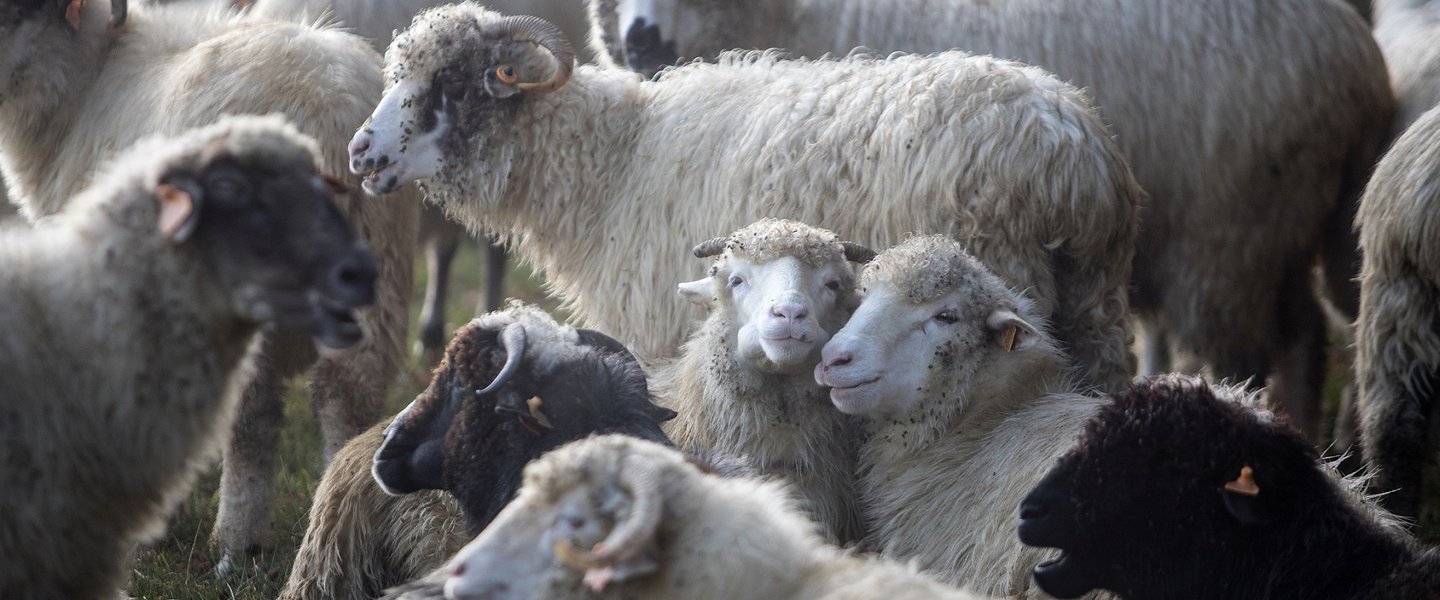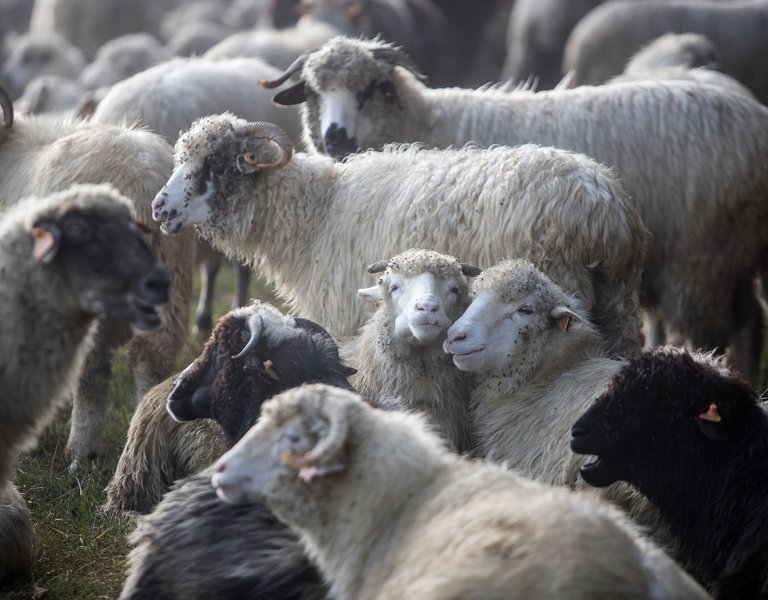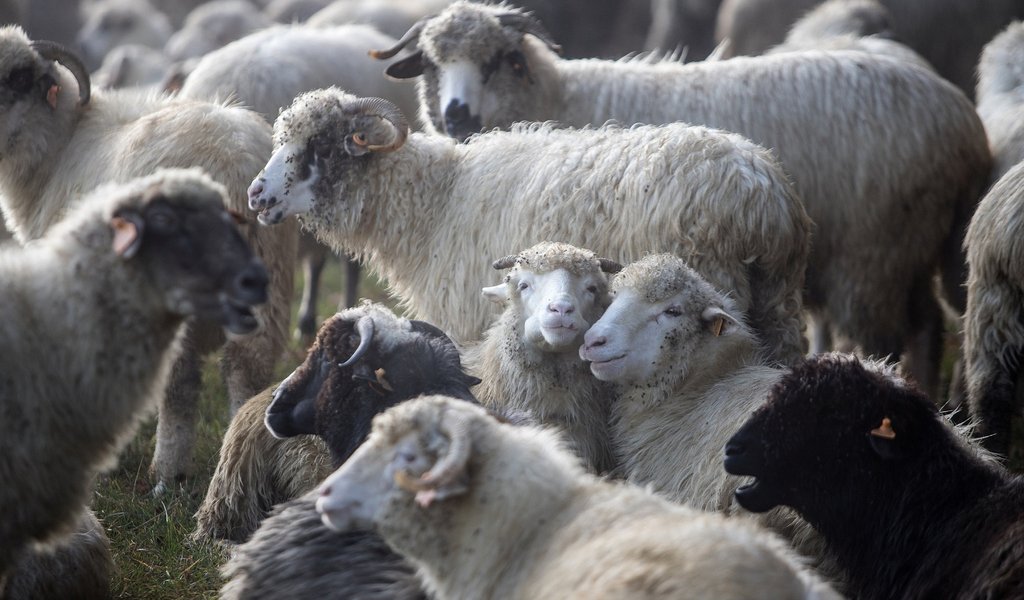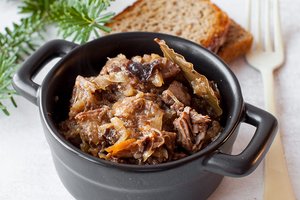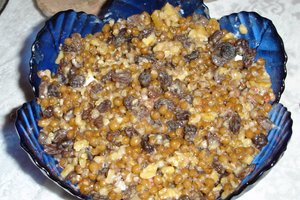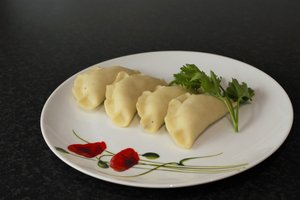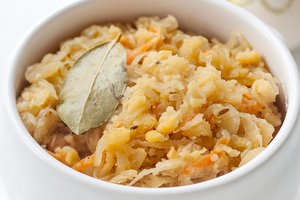The magic of Poland’s highland cheeses
Oscypek is the traditional sheep-milk cheese of southern Poland’s mountainous Podhale region. It is the most popular Polish cheese which has long since made its way to cheese-lovers abroad. Equally fascinating is its flavour as well as how it is made. Learn what goes on in the mountain huts where Polish highland shepherds live for several months a year and produce their cheeses when they drive their sheep to graze in mountain pastures.
Podhale is an exceptional region of Poland, because its inhabitants are extremely attached to local tradition. Folk attire, regional dishes, celebrations and singing have for decades attracted visitors, the more so that these are more than just another presentation for the benefit of tourists. Sheep raising and dairy products, including the well-known oscypek cheeses, are inseparable elements of highland culture.
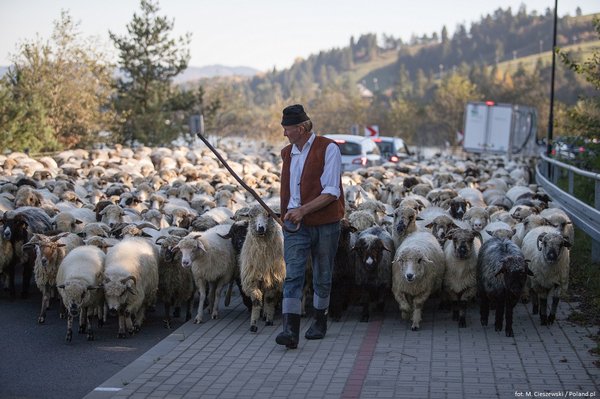 Although many of the cheeses on the market are now industrially manufactured, the genuine ones are still produced the traditional way.
Although many of the cheeses on the market are now industrially manufactured, the genuine ones are still produced the traditional way.
Every year from spring till autumn, shepherds and their flocks of sheep can be found in clearings in forested areas or at a higher elevation in mountain pastures. In the past, uncontrolled overgrazing had led to the degradation of the natural environment; on the other hand, the lack of grazing also had negative consequences, because mountain pastures got overgrown with weeds and scrub vegetation. Sheep drives are therefore now carried out in a controlled manner even on National Park land. Sheep are tended by the oldest shepherd known in Polish as the baca (head shepherd). That is a figure known to Poles not only for cheese production but also as the hero of many jokes. The head shepherd does not always own the flock. At times, especially in the past, that was someone to whom sheep owners entrusted their flocks. The baca was traditionally assisted by his younger helpers known as juhasi. Together they lived in a rude mountain hut known as a bacówka. It not only provided shelter but was also where cheese is made.
Not only oscypek is produced in the shepherd huts of Podhale. Shepherds also make bundz, a delicate cheese of quark-like consistency, as well as żętyca or whey, a drink obtained as a by-product of cheese-making. How is the cheese made? After the sheep have been milked, the milk is filtered through sail-cloth to remove grass and other impurities. Next, it is important to add rennet. That is a digestive enzyme obtained from the stomachs of calves and lambs. It produces chemical processes in the milk, creating a thickened, cheese-like mass. If the shepherd wishes to have bundz, at that stage the cheese-like mass is soaked in warm water and filtered through sail-cloth. The squeezed-out whey is the żętyca, a refreshing drink on hot summer days which, however, may wreak havoc on the gastric system of the unaccustomed.
To get oscypek, additional effort is required. After soaking in hot water, the cheese-like mass soaks in brine for around 24 hours. This process prevents bacteria from growing. Then the cheese is transferred to special spindle-shaped moulds which give the cheese its shape and decorative, carved-effect appearance. Finally, it is left to age on high shelves in the shepherd’s hut. A pine or spruce fire burning in the hut smokes the oscypki.
When hiking through the Tatra Mountains in summer, it is worth dropping round to one of the bacówkas which can easily be found along the oscypek route. Sampling oscypek straight from the baca and washing it down with a sip of refreshing żętyca are pleasures no delicatessen can provide. Those who fancy atypical experiences would do well to hike through Podhale in early spring or late autumn. During the sheep drive, flocks of sheep literally clog the roads together with pedestrians and passing cars.
/Poland.pl
28.12.2018
